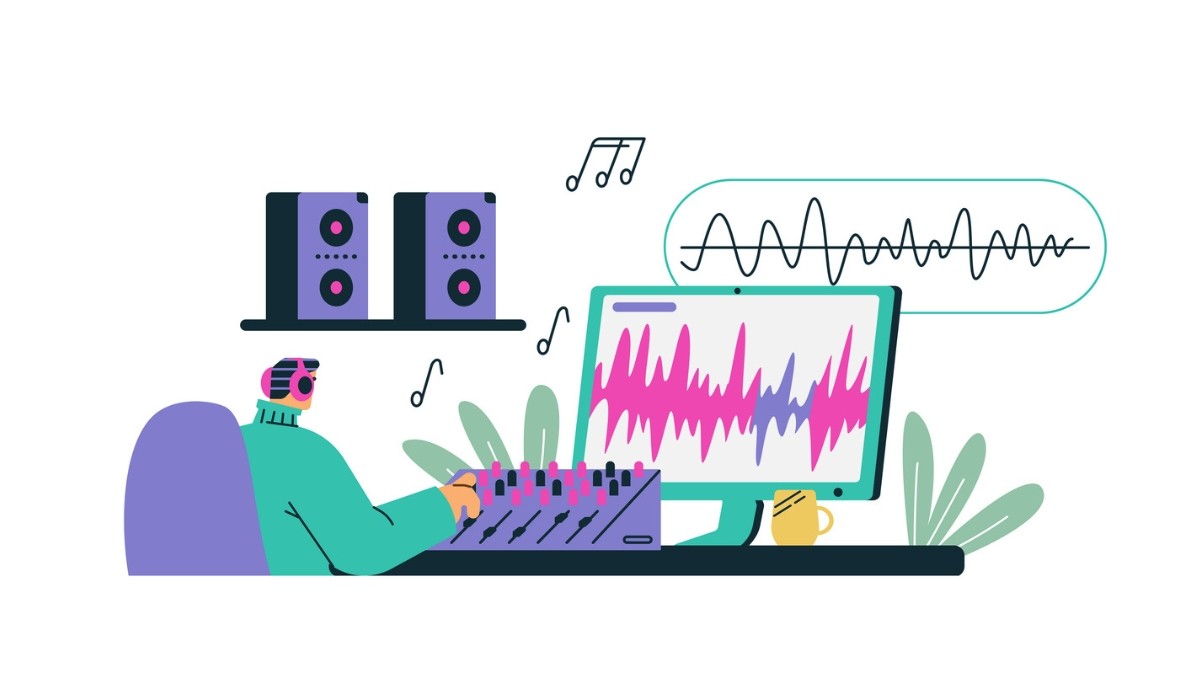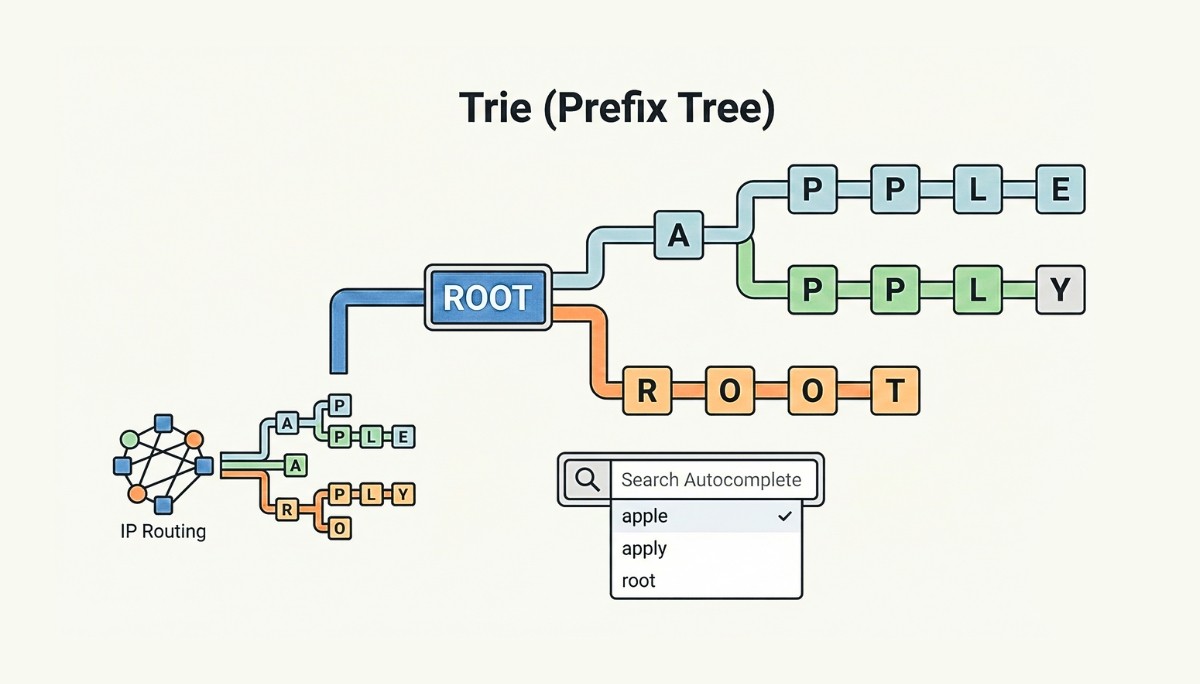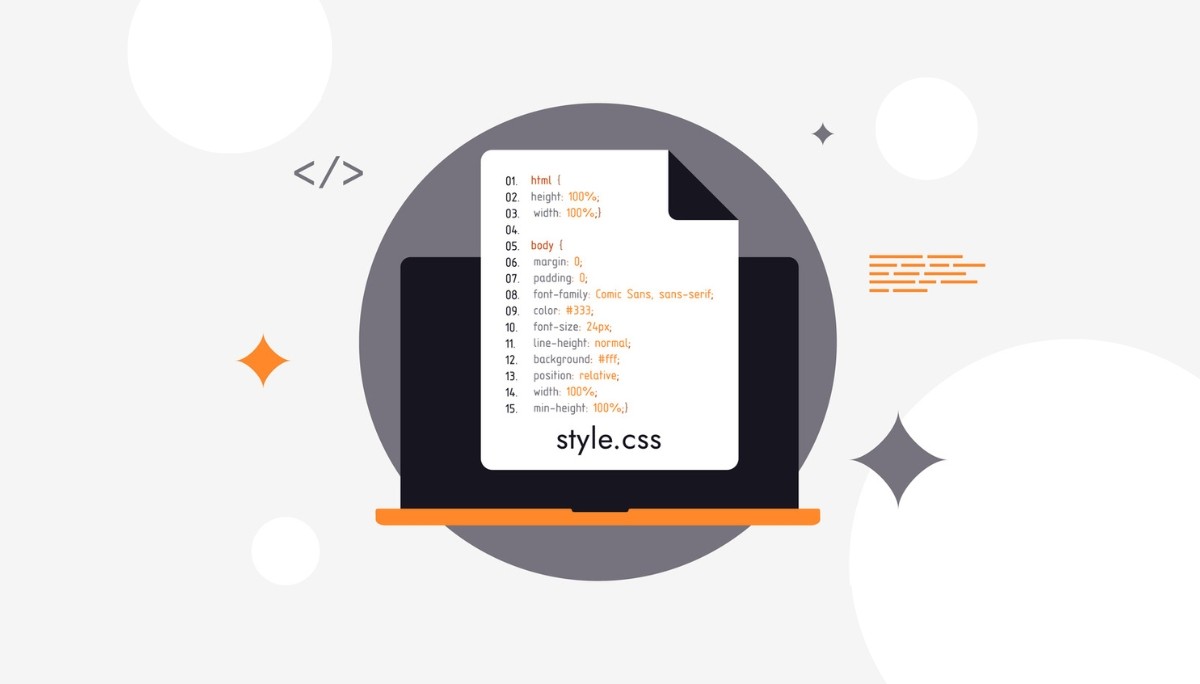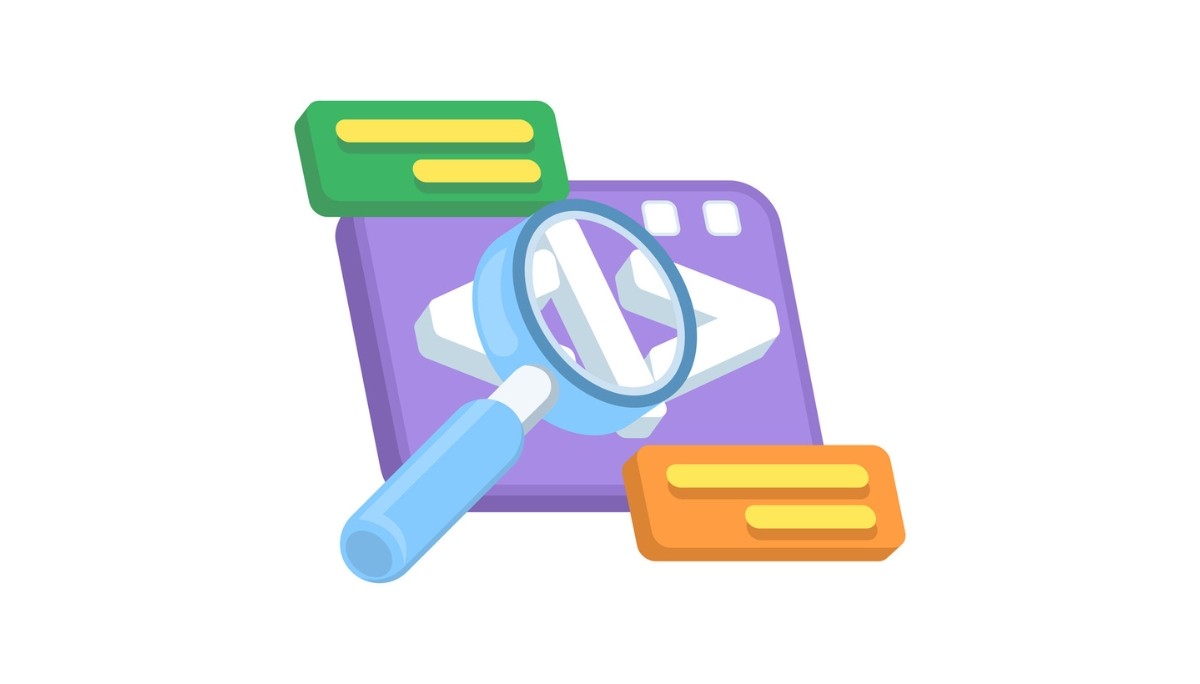What UX Means and How User Experience Shapes Digital Products
By
Ethan Fahey
•
Sep 19, 2025
What exactly does UX mean? UX, short for User Experience, refers to the overall way a person interacts with a product, how easy it is to use, how it feels, and whether it solves their needs effectively. In this article, we’ll unpack the meaning of UX, where the concept came from, and why it’s such a critical part of digital product design. For companies building strong product teams, Fonzi AI can help you identify top UX professionals and AI engineers who understand how to blend functionality with user satisfaction.
Key Takeaways
User Experience (UX) encompasses the entire journey and emotional response of users interacting with a product, prioritizing usability and satisfaction.
The distinction between UX and User Interface (UI) is vital; UX focuses on functionality and user journey, while UI emphasizes visual design and interactivity.
A well-structured UX design process, which includes user research and usability testing, is essential for creating products that effectively meet user needs and enhance satisfaction.
What Does UX Stand For?

UX stands for User Experience, in determining the overall user experience. Unlike other design aspects, UX focuses on user interaction and satisfaction, aiming to create products that are not only functional but also enjoyable, contributing to a positive UX. Conducting UX research as a UX researcher and UX researchers is vital in achieving these UX aims, and collaboration with UX professionals can enhance the effectiveness of the process.
User experience is inherently subjective, varying from person to person based on individual perceptions and feelings towards their interactions. A successful UX design enhances the customer journey, making interactions efficient and pleasant, which can lead to increased user satisfaction and retention, reflecting aspects of human behavior. This is why focusing on user experience ux is crucial for effective design.
The Origins of UX
The term ‘user experience’ was popularized by Donald Norman in the mid-1990s, marking a significant shift in how we perceive user interactions with products. Norman’s groundbreaking work at Apple, where he held the title of User Experience Architect, was instrumental in shaping the UX landscape. His role was pivotal in creating a comprehensive approach to user interaction that went beyond mere usability.
Norman’s vision was to encompass all aspects of a person’s experience with a system, coining the term ‘UX’ to reflect this broader perspective. Apple, recognizing the importance of this approach, opened the first user-experience-architect office, emphasizing the significance of UX in product development and the role of information architecture.
This historical context underscores the foundational principles that continue to guide UX design today, as highlighted by the Nielsen Norman Group. Norman’s influence has led to a deeper understanding of user needs and the development of products that prioritize user satisfaction and engagement.
Difference Between UX and UI

While UX and UI are often used interchangeably, they serve distinct roles in the design process. UX focuses on the overall functionality and user journey, ensuring that interactions are seamless and intuitive. In contrast, UI emphasizes the visual aspects and interactive elements that users engage with. Think of UX as the foundation of a house, providing structure and functionality, while UI is the paint and furniture that make it visually appealing.
A well-designed ui design is crucial for a successful UX, as even the most functional product can frustrate users if the interface is difficult to navigate or visually unappealing. Over time, the roles of UX and UI designers have evolved, with many professionals now expected to possess skills in both areas, highlighting their interdependence.
Importance of UX in Digital Products

In a competitive digital market, a positive user experience significantly enhances customer satisfaction and brand loyalty. Users have numerous alternatives at their fingertips, making it crucial for digital products to meet their needs effectively. When users encounter a seamless and enjoyable online experience, they are more likely to return as a loyal customer and recommend the product to others, fostering customer retention and improving customer experience.
Moreover, a positive user experience can reduce customer acquisition costs, as retaining existing customers is far less expensive than attracting new ones. High user engagement resulting from good UX often translates into increased conversion rate and revenue for other businesses, aligning with their business objectives and avoiding a negative user experience.
Exceptional UX not only provides a competitive edge but also builds a strong brand reputation by consistently delivering positive user experiences. Ultimately, the importance of UX lies in its ability to bridge the gap between business value and human value, ensuring that digital products are both effective and delightful for users.
The UX Design Process

The UX design process is a multifaceted journey that typically follows eight main steps:
Defining
Researching
Analyzing and planning
Designing
Prototyping
Testing
Launching
Iterating
Each step is crucial in creating a particular product that not only meets user needs but also provides a holistic view of important elements in a positive user experience.
Incorporating user feedback early in the design process can significantly reduce the costs associated with post-launch fixes. Tasks range from user research and creating prototypes to conducting usability testing, all focused on understanding and enhancing the user’s experience.
Let’s delve deeper into some of the critical stages of the UX design process.
User Research
User research is the foundation of any successful UX design process, as it provides a comprehensive understanding of user needs and behaviors. Methods for conducting user research and market research include:
Interviews
Surveys
Focus groups
Observation
User interviews
Each method offers unique insights into how users interact with a product. These insights are invaluable in guiding design decisions and ensuring that the final product aligns with user expectations.
Collecting data on user feedback through varied methods, such as UX testing sessions, diary studies, and surveys, helps capture a complete picture of the user’s experience. Incorporating both qualitative and quantitative research approaches allows UX designers to deepen their understanding of user experiences and develop products that truly resonate with their target audience.
Prototyping Tools
Prototyping tools play a crucial role in the UX design process by allowing designers to create visual representations of their concepts. Prototypes can range from low-fidelity sketches to high-fidelity interactive models, each serving a different purpose in the design process. Low-fidelity prototypes are useful for quickly testing ideas, while high-fidelity prototypes are essential for detailed usability testing.
Popular prototyping tools include InVision, Justinmind, and Axure, which provide a range of functionalities to assist UX designers in bringing their ideas to life. These tools enable designers to iterate on their designs, gather user feedback, and make necessary adjustments before the final product is developed.
Usability Testing
Usability testing is a critical step in the UX design process, aimed at identifying pain points in the user interface and ensuring that the product is intuitive and easy to use. Factors measured during usability tests include learnability, efficiency, and error rate, providing a comprehensive view of the product’s usability, including user testing.
Testing and troubleshooting play a crucial role in identifying and fixing issues before the final launch, ensuring a positive user experience.
After the product launch, a UX designer’s ongoing responsibility includes designing updates and improvements based on user feedback and analytics.
Roles and Skills of a UX Designer

UX designers are responsible for enhancing user satisfaction by creating functional and enjoyable products and services. Their role involves following the UX process to create experiences that resonate with users, from initial research to final implementation. Interaction designers, a subset of UX designers, focus specifically on the design of interactive elements within user interfaces to optimize user engagement.
Essential skills for UX designers include effective communication, empathy towards users, and the ability to work collaboratively with other team members. Technical skills like wireframing and prototyping are also crucial, enabling designers to visualize and test their design solutions.
In addition to technical and soft skills, UX designers must possess a deep understanding of user needs and behaviors, ensuring that their designs are both functional and delightful. This combination of skills and responsibilities makes UX designers invaluable in creating products that offer a positive user experience.
How to Learn UX Design
For those looking to enter the field of UX design, a suggested starting point is the UX Design Fundamentals course, which provides a solid foundation in the principles and practices of UX. Comprehensive UX design courses often offer both structured and self-paced learning options, accommodating different schedules and learning preferences.
Creating real-world projects during UX design education is highly beneficial, as these projects can be included in a portfolio to showcase to prospective employers. Building an effective portfolio is emphasized in UX education, as it demonstrates a designer’s skills and experience in creating successful user experiences.
Why Fonzi Values Great UX
Fonzi, a curated AI tools engineering talent marketplace, places immense value on great UX, ensuring that their platform provides a seamless and enjoyable experience for both companies and AI engineers. Fonzi ensures a transparent and efficient hiring process through high-signal, structured evaluations that include fraud detection and bias auditing.
Fonzi’s commitment to great UX is evident in their fast, consistent, and scalable hiring process, with most companies’ hires happening in person within three weeks. This focus on user experience not only elevates the candidate experience but also ensures that companies find well-matched talent quickly and effectively.
Summary
In conclusion, UX is a critical element in the design and development of digital products, shaping the overall user experience and influencing customer satisfaction and retention. From its origins with Donald Norman to its distinction from UI and its importance in digital products, UX encompasses a broad range of practices and principles aimed at creating functional and enjoyable user interactions.
Understanding the UX design process, the roles and skills of UX designers, and how to learn UX design are all essential components for anyone looking to create successful digital products. Companies like Fonzi recognize the value of great UX, ensuring that their platforms provide a seamless and engaging experience for all users.




